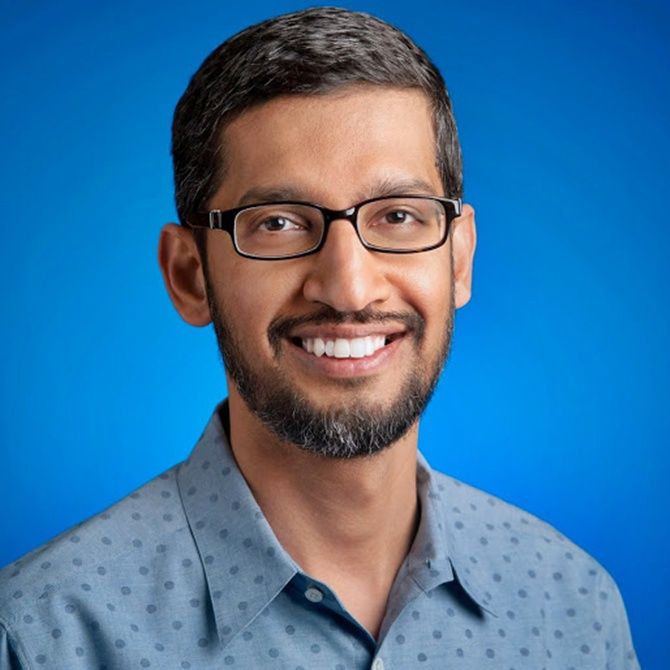
Google and Facebook are both in a race to promote their respective platforms for all programmes
For Google, the next phase of growth in this country would come from reaching out to 18 million small and medium businesses, 300,000 villages, 10 million railway users and almost 200 million new Internet users.
These are the numbers the search engine major plans to tap into with its ambition to give internet connectivity to people in the remotest corners.
“India is a huge market for us,” said a senior Google executive.
“There are two aspects of helping the internet reach the remotest of villages. One is to educate people about the internet and help them move with the times.
"The other is that it will help Google enter a market from where we see a new wave of revenues generating,” the person said, requesting not to be named.
Google and social media major Facebook are both in a race to promote their respective platforms for all programmes.
Facebook has been aggressively marketing ‘Free Basics’, earlier known as Internet.org, as ways to make millions of people get internet access. Google plans to get on board millions of small businesses on its Google Maps and Google My Business interface.
The basic idea is the former will help small businesses get located on the search engine’s maps and the latter help highlight their businesses on Google searches.
According to Google officials, the firm hopes to generate a steady stream of revenue from advertisements and from business enhancement programmes run by them.
Though some of these are free, Google hopes that looking at the advantages of having visibility on the search engine would motivate SMBs to opt for services given for a fee.
At present, two million SMBs in India use its platforms.
Jen Fitzpatrick, vice-president for maps at Google Inc, said the company hoped to have 20 million Indian businesses come online with them by 2017.
“Google My Business is (about) having your business on Google Maps and search.
"India is one of our top five countries in terms of usage of maps.
"If merchants want to get additional promotion, they have the option to opt for our Adverts Program. The ones who have done that have had a positive return on investment,” she said.
Google is also monetising its maps services by placing strategic advertisements of various products.
Its magnum opus ‘Railwire’ plan piggybacks on Indian Railways’ millions of km of fibre-optic lines. On this, Google will set up Wi-Fi services at 400 railway stations, another source of revenue.
By the end of year one of the project, Google aims to provide net services to 10 mn people at 100 rail stations.
“We hope to do more such partnerships and get into partnerships with telecom operators as well. Our goal for this project is that it be self-sustaining, financially.
What is going to happen is that we would explore different revenue models.
A lot will depend on how the project pans out. We have a sense on when we can expect return on investment,” said Gulzar Azad, head of access programs at Google India.
Rural areas are becoming a focus for e-commerce companies and those planning to start payment banks. These also on Google’s mind as a potential untapped market.
To help the rural areas get quickly abreast with the internet, the firm has started pilot projects such as ‘Internet Saathi’, helping women learn about and to navigate the net.
With the government emphasising on setting up centres in every village, Google hopes that would bring at least 300,000 villages hooked to the net.
Image: Sundar Pichai. Photograph: Reuters










